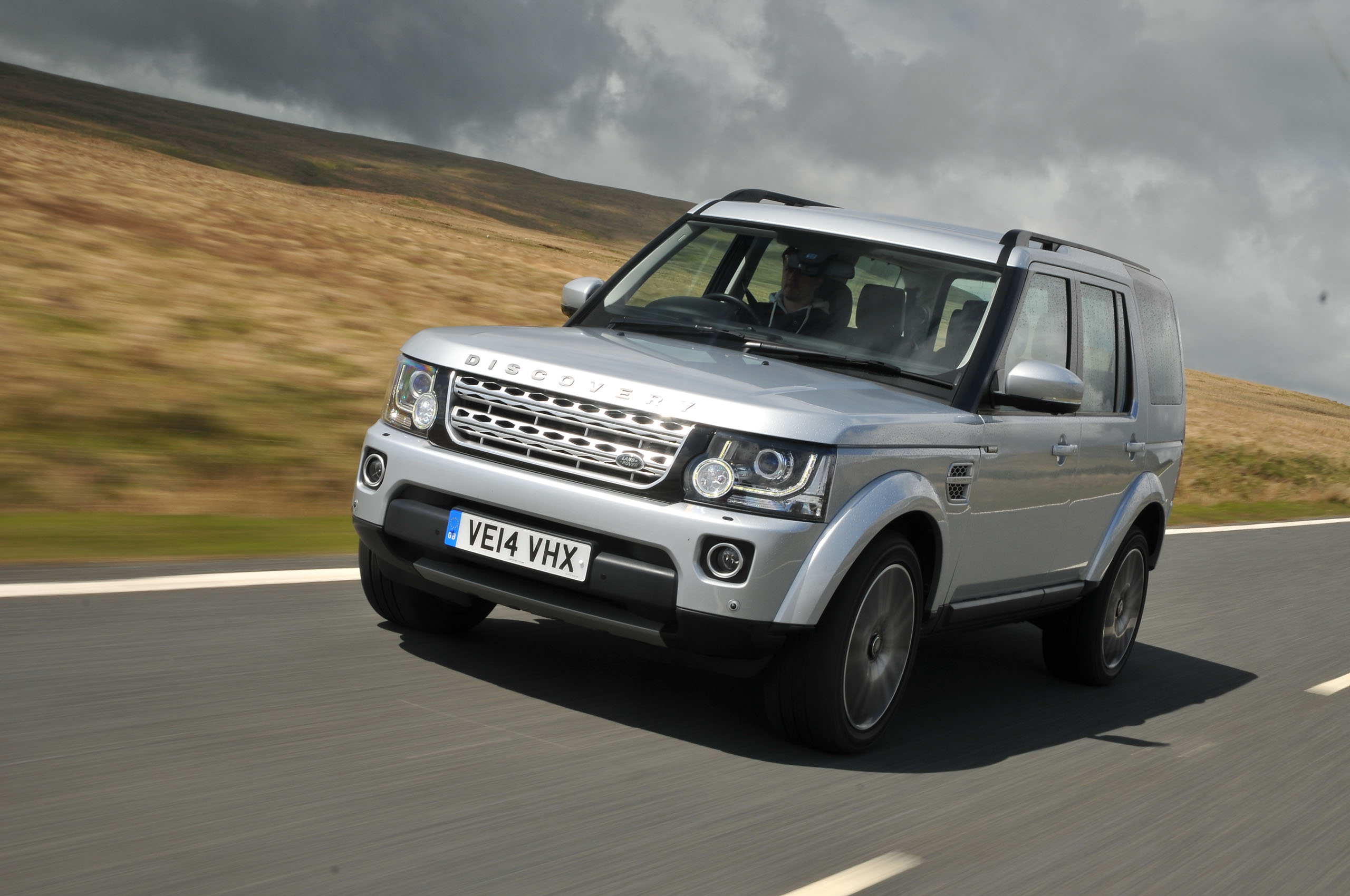We were a bit gutted that Land Rover didn’t offer the 4 with its supercharged 5.0-litre petrol V8, but the bigger V6 was more polished than the earlier Ford-derived motor, delivering plenty of pulling power but remaining hushed at a cruise.
In 2011, power was boosted to 255bhp and the six-speed automatic gearbox was swapped for a more efficient ZF eight-speeder in a bid to improve efficiency.
Even so, the 4 was never the last word in economy: it will average 21-35mpg in the real world and high emissions mean VED is a hefty £710 annually for early TDV6s.
Land Rover focused on improving the Discovery’s composure on the road while tweaking its off-road gadgetry to enhance its capabilities in the rough.
Thicker anti-roll bars and revised suspension knuckles were added, while the Terrain Response and Hill Descent systems were updated.
Despite a long wheelbase and a tall body, the 4 had precision and consistency to its handling. It couldn’t match the BMW X5 for agility, but considering its weight and size, its on-road dynamics were impressive.
The 4’s roadholding was helped by its reduced weight compared with the 3. The latter weighed almost three tonnes, and its engine didn’t have the zeal for getting up to speed swiftly on motorways or for overtaking.
Engineers shaved 140kg and added 119lb ft of torque, and that made a dramatic difference. With less weight and more punch, the 4 had an impressive turn of speed – and it wouldn’t break a sweat if you attached a heavy trailer, either, having a towing capacity of 3500kg.
You can tell a post-2014 car by its new front bumper design, LED headlights and ‘Discovery’ rather than ‘Land Rover’ bonnet badge.
There were also some optional extras from the Range Rover, such as sonar wade-depth sensing and a Meridian audio system.
Few SUVs rivalled the Discovery 4 for its multifaceted versatility. It was easy to drive, refined and luxurious but, crucially, it had the on-road dynamics to match its off-road ability.

